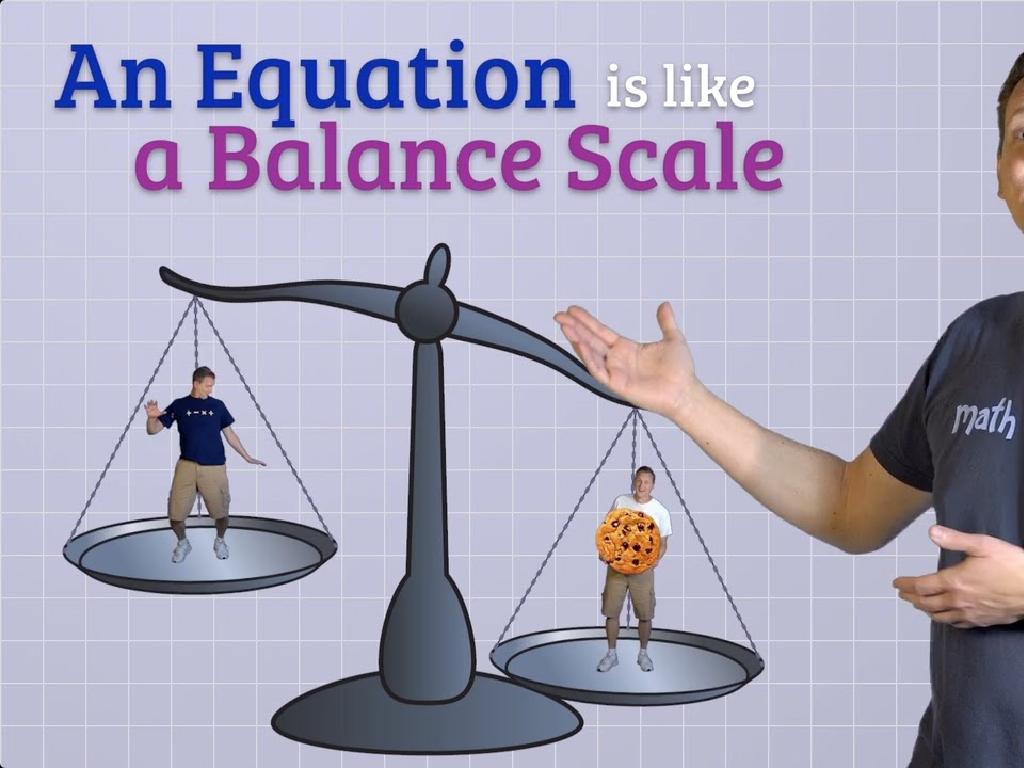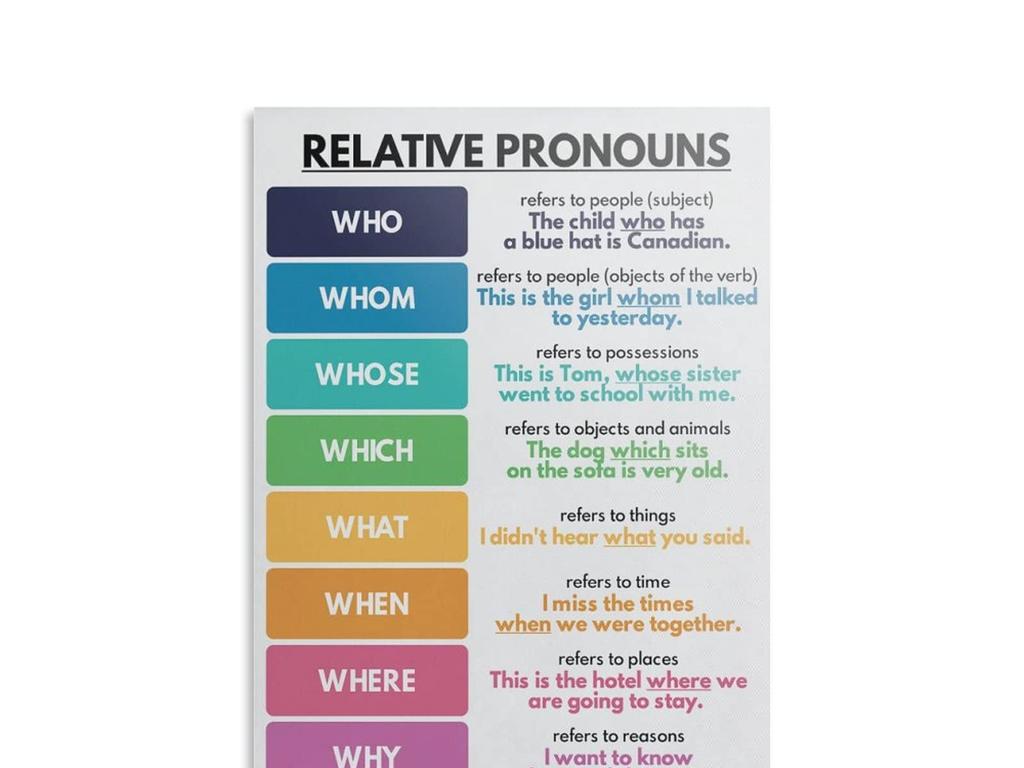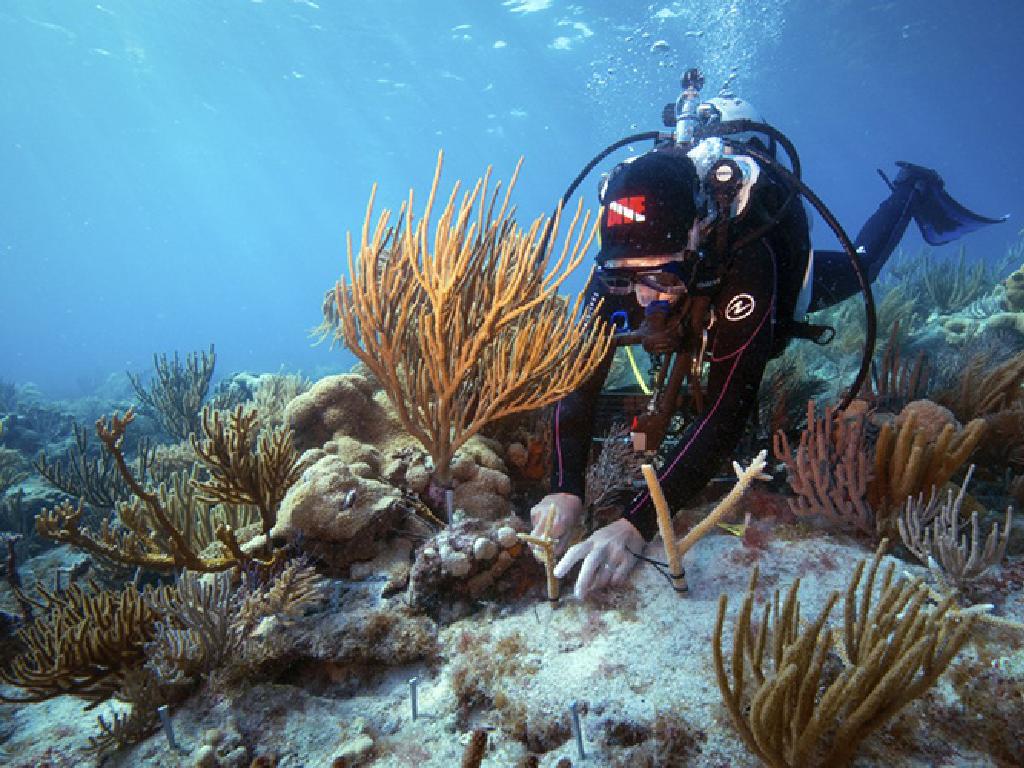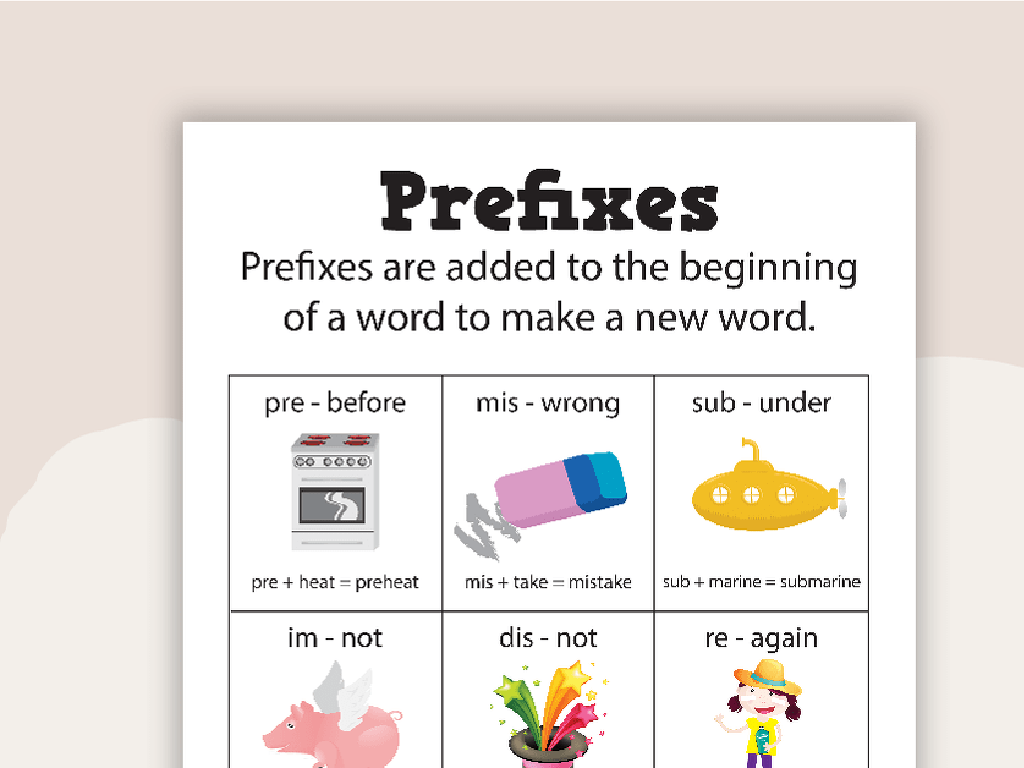Name Countries Of Europe: Review
Subject: Social studies
Grade: Sixth grade
Topic: Europe: Geography
Please LOG IN to download the presentation. Access is available to registered users only.
View More Content
Exploring European Countries
– Europe’s diverse landscape
– Europe is a continent with various cultures, languages, and terrains.
– Recap: European geography basics
– We reviewed mountains, rivers, and regions last time.
– Today’s goal: List European countries
– Can you name some countries in Europe?
– Engage with Europe’s map
– Use a map to locate and name countries.
|
This slide introduces the continent of Europe, emphasizing its diversity and the importance of geography in understanding its countries. Begin with a brief discussion on the variety of cultures, languages, and physical landscapes found across Europe. Recap the previous session by touching on key geographical features such as major mountain ranges, rivers, and the different regions of Europe. The main activity for today’s class is to have students list the countries of Europe, which will help reinforce their knowledge of European geography. Encourage students to engage with a map of Europe, either physical or digital, to identify and name the countries, fostering a hands-on learning experience.
Let’s Review: European Geography
– Understanding Europe’s significance
– Europe is a diverse continent with rich history and culture.
– Why learn about different countries?
– Learning about countries promotes global awareness and understanding.
– Interactive map identification
– Use a map to locate and name European countries.
– Engage with European geography
|
This slide aims to consolidate students’ knowledge of European geography. Begin by discussing Europe’s role in world history, culture, and politics, highlighting its diversity. Emphasize the importance of learning about different countries to foster a sense of global citizenship and cultural sensitivity. The interactive review should be a fun activity where students can come up to the map and identify countries they have learned about. This reinforces their spatial memory and understanding of European geography. Encourage participation and praise correct answers to build confidence. For students who struggle, provide hints or turn it into a collaborative group activity.
Countries and Capitals of Europe
– Match countries with capitals
– Pair up European countries with their corresponding capitals.
– Mnemonics for memorization
– Create and use memory aids to help remember country-capital pairs.
– Interactive class participation
– Students will actively participate by calling out capitals for selected countries.
– Review and reinforce knowledge
|
This slide is designed to engage students in a review of European countries and their capitals. Start by having students match each country with its correct capital. Introduce mnemonic devices to aid in memorization, such as ‘Big Elephants Can Always Understand Small Elephants’ for ‘Belgium, Brussels; England, London; etc.’ Encourage class participation by highlighting countries on a map and having students call out the capitals. This interactive approach helps reinforce their knowledge and makes learning fun. Prepare a list of countries and capitals to ensure a smooth flow of the activity and have alternative mnemonics ready for students who may struggle with the first set.
Cultural Diversity in Europe
– Europe’s cultural tapestry
– Europe is rich with diverse traditions, languages, and histories.
– Unique aspects of cultures
– Italian art, Spanish flamenco, French cuisine, and German engineering.
– Geography’s influence on culture
– Mountainous regions vs. coastal areas develop different lifestyles and traditions.
– Embracing cultural diversity
|
This slide aims to give students an appreciation for the rich cultural diversity found throughout Europe. Begin by explaining that Europe, although relatively small in size, is home to a vast array of cultures, each with its own unique set of traditions, languages, and historical backgrounds. Highlight specific examples such as Italy’s renowned art and architecture, Spain’s flamenco dance and music, France’s world-famous cuisine, and Germany’s precision engineering. Discuss how Europe’s varied geography, from the Alps to the Mediterranean coast, has influenced the development of distinct cultural practices. Encourage students to think about how the physical landscape of a place can shape the culture of its people. The goal is to foster an understanding and appreciation of cultural diversity within Europe.
Europe’s Physical Geography and Borders
– Europe’s diverse terrain
– Mountains, plains, rivers, and forests shape the land.
– Natural borders between countries
– Rivers and mountains often act as natural dividing lines.
– The Alps: Europe’s backbone
– A major mountain range affecting several countries.
– The Danube: Europe’s international river
– Flows through 10 countries, influencing trade and culture.
|
This slide aims to review the physical geography of Europe and how it influences the borders of countries. Emphasize the variety of landscapes found across the continent, from the rolling plains to the towering mountain ranges. Discuss how natural features like the Alps and the Danube River have historically served as boundaries and have influenced the development of the countries they traverse. Provide examples of how these features affect not just the map, but also the culture, economy, and politics of European nations. Encourage students to think about how geography can impact their own lives and the borders of their own country.
Political Geography of Europe
– Understanding political boundaries
– Borders that define countries, states, provinces within Europe
– The European Union explained
– A political and economic union of 27 European countries
– Brexit and its impact
– The UK’s exit from the EU, altering political/economic ties
– Reviewing Europe’s changing landscape
|
This slide aims to give students an overview of the political geography in Europe, focusing on the concept of political boundaries and the role of the European Union. Students should understand that political boundaries are the defined lines that separate different regions governed by distinct bodies. The European Union is a significant organization that influences these boundaries and the politics within Europe. Brexit is a recent event where the United Kingdom chose to leave the EU, which has had considerable political and economic effects on the European landscape. Encourage students to think about how these political changes might affect people’s lives in Europe. Discuss the importance of staying informed about global political changes.
Map Labeling Challenge: Countries of Europe
– Receive a blank map of Europe
– Label countries from memory
– Try to remember the countries without help
– Aim for maximum recall
– How many can you name? Push your limits!
– Class review of labeled maps
– We’ll discuss and learn from each other’s maps
|
This class activity is designed to test and improve the students’ recall of European geography. Distribute blank maps of Europe to each student and instruct them to label as many countries as they can from memory. This exercise encourages active recall, which aids in memory retention. After the labeling, conduct a class review where students can compare their maps and fill in any gaps in their knowledge. This collaborative approach allows students to learn from one another and reinforces their understanding of the geographical layout of Europe. As a teacher, provide guidance and correct any misconceptions. Celebrate the students’ efforts and progress in learning the countries of Europe.
Conclusion & Reflection: European Countries
– Recap of European countries
– Significance of global knowledge
– Understanding different cultures promotes global awareness and empathy.
– Homework: Country fact file
– Choose a European country and research its history, geography, culture, and more.
– Share and discuss next class
– Be prepared to present your fact file and learn from others.
|
As we wrap up today’s lesson on the countries of Europe, it’s crucial for students to understand the importance of being knowledgeable about different nations. This awareness fosters a sense of global citizenship and empathy. For homework, students will create a fact file for one European country, which will help them engage in independent research and learn about the diverse cultures and histories within Europe. In the next class, students will have the opportunity to share their fact files, allowing for a rich exchange of information and a chance to practice their presentation skills.





